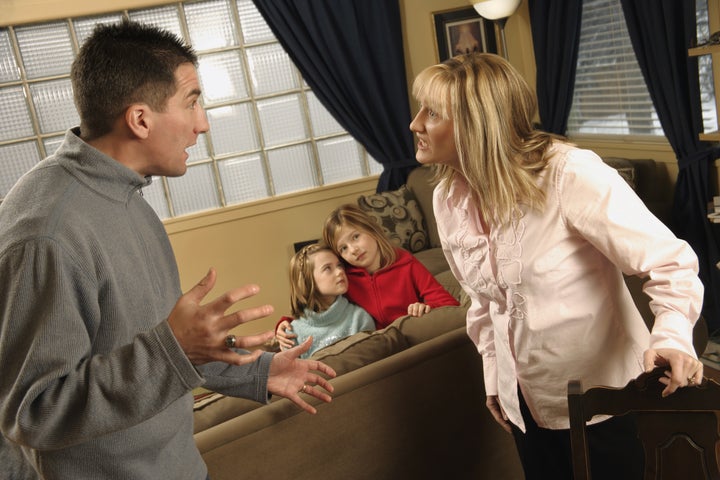
Increasingly, parents and the public are in favor of shared parenting arrangements following divorce. A report that measured public opinion by Sanford Braver and his colleagues indicated that almost 70 percent of the public favors equal time (50-50) when both parents have been involved with parenting prior to divorce. Although shared parenting arrangements still represent a small amount of the total arrangements, they continue to increase.
A recent study conducted in Australia provides some important insights about the patterns of shared parenting among high-conflict couples. Jennifer McIntosh and her colleagues studied 133 families over a four-year period to understand the patterns and processes of shared parenting. The average age of the children in this study was 13, though the kids ranged from 6 to 19 years of age. All of the families participated in mediation to assist in deciding the parenting arrangements. In the initial assessment, 59 percent of the mothers and 42 percent of the fathers reported high conflict. Additionally, 63 percent of the mothers and 50 percent of the fathers did not think very highly of the parenting skills of the other parent.
This study is one of very few to examine the pattern of parenting arrangements over time. Most families in the study (41 percent) adopted a parenting arrangement in which one parent was the primary residential caregiver and stuck with that arrangement over the entire four years of the study. Twenty-seven percent of the families had a shared parenting arrangement throughout the four years of the study. There were two groups that changed patterns during the four years -- 18 percent started with a shared parenting arrangement and shifted to a primary residential model and 14 percent started with a primary arrangement and moved to a shared parenting arrangement.
That means almost one-third of the families changed their parenting arrangement during the four years following divorce. Why is this?
The scientists took a closer look at the changes in the arrangements over time. Prior to mediation, 40 percent of the couples had a shared arrangement and 60 percent had a primary parenting arrangement. After mediation, there was a significant drop in the number of primary parenting arrangements to 47 percent and an increase in shared arrangements to 53 percent. However, one year later, the numbers returned to those prior to mediation, in which 60 percent were in a primary parenting arrangement and 40 percent in a shared parenting arrangement. This general pattern persisted over the following four years. In short, the roughly 10 percent of parents in high-conflict divorces who attempted shared parenting as a result of mediation could not sustain this arrangement.
There are many important conclusions that can be drawn from these findings. On the one hand, despite considerable conflict, about 40 percent of the parents were able to manage a shared parenting arrangement. Another finding is that about 20 percent of the parents who attempted a shared arrangement eventually shifted to a primary parenting arrangement. A tempting conclusion is that encouraging shared parenting may seem to be foolish, but this overlooks the parents who tried the shared arrangement either through the counsel of mediators or on their own and made it work. Perhaps with further support and more educational or therapeutic efforts, an even larger percentage of families will be able to sustain a shared parenting arrangement.